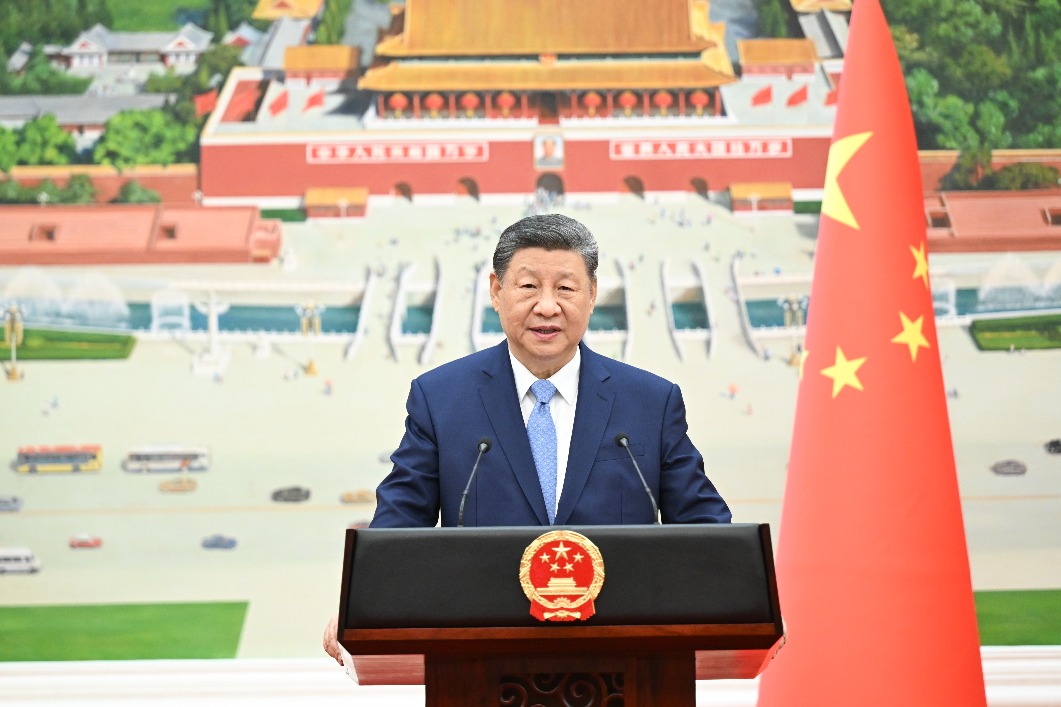Power of The Blue Lotus

 |
Herge's Tintin dramatically changed in 1934, when the cartoonist was introduced to Chang Chong-chen, a Chinese art student studying in Brussels, who explained Chinese politics, culture, language, art, and philosophy to him.
Herg used this local knowledge to great effect in The Blue Lotus, the fourth book in the 24-book series and the adventurous Belgian reporter was never the same again.
Chang even added some of the Chinese features of the story himself, writing inscriptions on the walls, posters, banners and signs as well as some heartfelt slogans denoucing colonialism and corruption of every kind.
Not content with adding the odd vase of print, he gently guided his friend helping him to loosen up and refine his artistic style.
Their great friendship led to Chang becoming a hero alongside Tintin in The Blue Lotus.
The Blue Lotus became a blueprint for Herge's following works, which were much more meticulously researched than his earlier work.
Today's Top News
- Xi: Nation to expand opening-up
- China sees over 33.7 billion inter-regional trips in H1
- BRICS justifiably calls for IMF reforms
- Xi receives credentials of new ambassadors to China
- Sino-US trade talks key to global supply chain
- Medical insurance covers 95% citizens






























